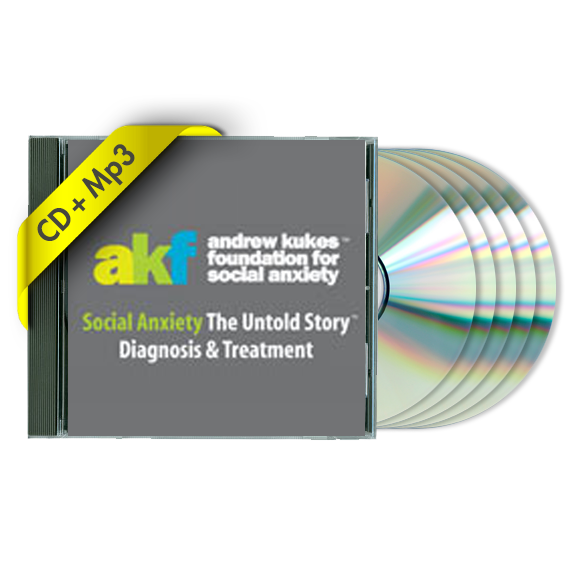How To Resolve Public Speaking Anxiety
When your fear of public speaking has become an anxiety disorder
A solution is here
Clinical Success Since 1978
• Obsessed about recurring panic
• Toxic Perfectionism
• Terror at the thought of doing a monologue
• Defensive thinking & behavior
• Detachment from thoughts & feelings
• Rationalizing a career change to avoid public speaking
“The Berent Method integrates technique with core work. Technique is the paradox of learning to become adrenaline friendly. Core work resolves the emotions of embarrassment, shame, and humiliation. The objective of treatment is to master the psycho-physiology of performance.”
Therapy Available Worldwide Via Telephone/Skype
A Unique & Essential Library of Free Interviews
-
Technology Exec Makes Friends with Adrenaline
- Senior Exec Resolves Public Speaking Anxiety
- Public Speaking Anxiety Resolved by “Gifted Salesman”
- “I’d Rather Be Back in Chemotherapy Than Speak in Front of a Group”: Erythrophobia Resolved
- Performance Anxiety and Hyper-hidrosis Resolved without Medication – Successful Lawyer
- 7 Figure Salesman Addresses Performance Anxiety
- Pharmaceutical Rep Resolves Chronic Public Speaking Phobia and Fear of Being Noticeably Nervous
- Public Speaking Panic & Obsession Resolved: Award Winning Salesman
- Professional Speaker Resolves Public Speaking Anxiety
- Anxiety vs. “Character Disorder”: Public Speaking-Performance Anxiety Resolved: Alcohol Insights
- Discovering “Self-Nurturing” After Decades of Self-Help and Therapy
- The Power of Alcohol & the Xanax Beta Blocker “Cocktail”
- Social & Performance Anxiety on WFAN Radio 2/14/16
- Free Seminar on Blushing and Performance Anxiety
10 Clinical Dynamics for Resolving Public Speaking Anxiety Disorder
“It’s wonderful to strive for peak performance. It’s absurd to be paralyzed by fear of not being perfect.”
Jonathan Berent, L.C.S.W.
Performance anxiety within a public speaking context is based on worries about being noticeably nervous and losing control due to panic. Physical symptoms such as increased pulse, blushing, breaking out into a sweat, nausea, and eye contact difficulty are common. A myriad of deeper negative thoughts run rampant such as, “people will see who I really am”; “I will humiliate myself”; or “people will not get to see my true ability”. These are characterized by varying degrees of obsessive thinking. When public speaking anxiety and panic turn into avoidance, a social phobia is present. The more avoidance takes place, the more there is the risk of an avoidant personality disorder developing.
Start the process: Resolve Your Performance Anxiety
If you understand your public speaking challenge as an anxiety problem rather than just a skills issue, and are truly motivated to change, this is the program for you. Your performance anxiety is resolvable when you learn to control “the physiology of performance”, and understand “autonomic hypersensitivity” concurrent to emotional and cognitive restructuring.
RELATED PRODUCTS
-

“Warm Hands Cool Face” A Self-Help Clinical Program for Blushing Anxiety & Erythrophobia
-
Test1
-

Public Speaking Anxiety Self-Therapy Audio Program plus Work Makes Me Nervous Combo
-
Test Product
-

Self-Help Program for Parents of Children with Selective Mutism
-

Social Anxiety: The Untold Story
-

Bio-card
-

Social Therapy and The Learning Disabled
Self-Help and Treatment Options
- Free Audio CD from Social-Anxiety.com
- Social Anxiety: The Untold Story
- Beyond Shyness: How To Conquer Social Anxieties
- Work Makes Me Nervous
- Comprehensive Self-Therapy Audio Program
- Public Speaking Anxiety Self-Therapy Audio Program
- “Warm Hands Cool Face” A Self-Help Clinical Program for Blushing Anxiety & Erythrophobia
- The Berent Method: High Performance Therapy for Social-Anxiety
- Telephone/skype therapy available worldwide
- Selective Mutism Seminar Audio CD/MP3 Program
- Self-Help Program for Parents of Children with Selective Mutism
- The Sociability Questionnaire
- Tip of the Month Club
- Social Therapy and The Learning Disabled
- Free Parent Addiction Survey




